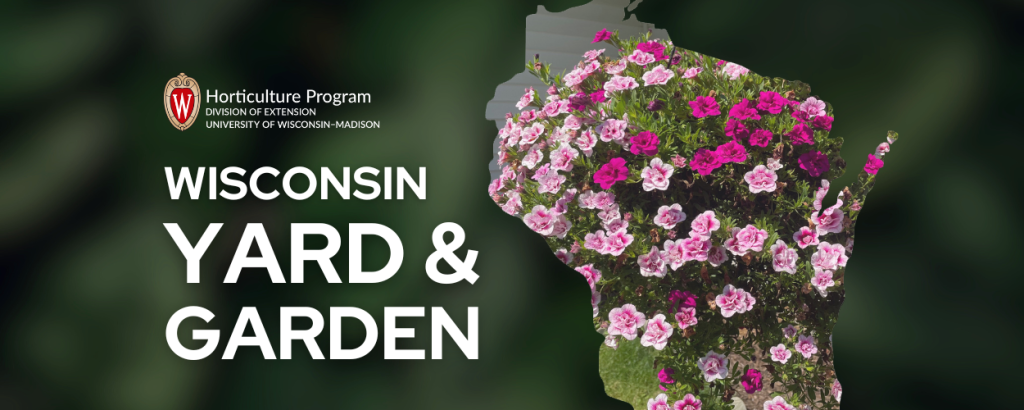
Looking to add plants with abundant color to your landscape, deck, or balcony with minimal effort? Annual flowers are a fantastic way to do so and are readily available at garden center outlets throughout Wisconsin now.
Annuals, as the name implies, live just one growing season. The knock on them is they need to be replanted each year, as compared to perennials that return each season. Major benefits of annuals, however, include providing extended periods of color throughout the season, and allowing gardeners flexibility by changing color schemes each year. Furthermore, annuals are prime choices for containers and hanging baskets.
For impressive results, match annuals to the specific conditions present on the site. Available light is a major factor; many require full sun, yet others are adapted to shade. Among the annuals for shade locations are begonia, browallia, coleus, torenia, and impatiens. Certainly, the list for sun areas is extensive. Numerous cultivars are available among the different species to make a wide variety of color combinations possible.
Consider the size of the plants to ensure they are good fits for both the specific spot and overall landscape plan. Potential uses of annuals include edging or borders, mass plantings, backgrounds, containers, window boxes, and hanging baskets. Some suggested annuals for edging include ageratum, alyssum, begonia, lobelia, French marigold, petunia, portulaca, and verbena. Among annuals making good choices for background plantings include tall celosia, cleome, cosmos, American marigold, sunflower, and tall zinnias.
Having well-prepared soil is especially important, and good soil drainage is essential. Prepare soil to depths of 6 to 8 inches before planting, adding organic matter such as compost, peat moss, or composted manure. Work in balanced garden fertilizer (for example 5-10-5 or 10-10-10) at a rate of 1 to 2 pounds of fertilizer per one hundred square feet of planting area. For window boxes and patio containers, use quality potting mixes, typically containing perlite and organic matter, rather than field soil.
Regular care throughout the season is important to keep your display of annual flowers colorful. Water as needed to keep plants healthy, keeping in mind soil in hanging baskets and containers dries out faster than landscape beds and gardens. Fertilize plantings once or twice during the season. Hanging baskets benefit from more frequent, lighter fertilizer amounts throughout the summer.
Pinching back and deadheading are two key maintenance practices for annuals. Pinching back developing plants will lead to more compact growth; carefully cut (or pinch) tips back to side shoots. Deadheading involves removing faded flowers after blooming, so plants spend energy producing more flowers rather than seeds.
Make plans for a colorful season now!

About the Author
Bruce Spangenberg is a Horticulture Outreach Specialist with UW-Madison Division of Extension. Get answers to your lawn, landscape and garden questions anytime at “Ask Your Gardening Question.”




